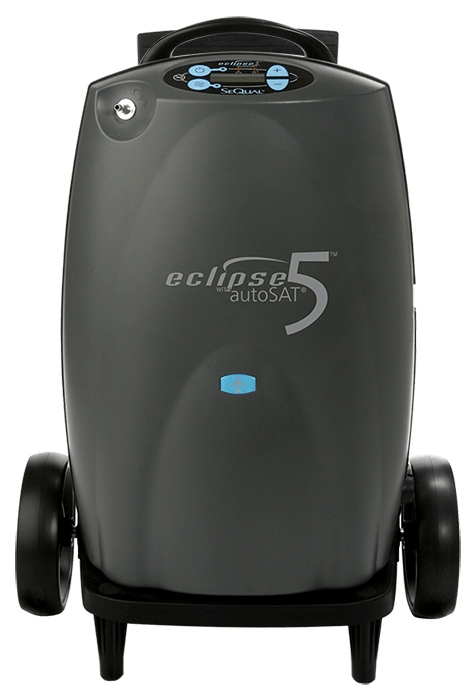
As individuals age, finding a living arrangement that comfortably and safely accommodates their long-term care needs becomes increasingly important. As one popular option, a continuing care retirement community (CCRC) can be the perfect housing solution for many seniors who may have evolving care needs as they age. Read on to learn more about CCRCs and why they could be the right senior living choice for you.
About continuing care retirement communities
A continuing care retirement community is a residential community for seniors who want to maintain an independent lifestyle while enjoying access to a continuum of care services that can accommodate their current and future needs. A CCRC’s primary purpose is to provide residents with a range of services and amenities, allowing them to age in place without moving to a different facility as their care needs increase.
CCRC residents often begin in independent living. As their care needs progress, they can receive assistance with activities of daily living (ADLs) such as bathing, dressing, medication management, and meal preparation. Many CCRCs also offer memory care services for residents with Alzheimer’s or other forms of dementia. In addition to these services, CCRCs provide a wide variety of social and recreational activities to keep residents engaged, fit, and entertained.
What makes a continuing care retirement community unique?
One primary factor that sets CCRCs apart from other senior living settings is the availability of multiple levels of care within the same community. This feature empowers residents to transition seamlessly from independent living to assisted living or skilled nursing care without having to relocate. This continuity of care is notably beneficial for seniors who want peace of mind, knowing they can age in place and receive the care they need without disrupting their lives.
In addition, CCRCs offer a range of amenities and services that cater to each resident’s preferences and interests, including dining options, fitness centers, wellness programs, and transportation services. This focus on providing a holistic and engaging lifestyle makes CCRCs a popular choice for many seniors, including couples with different senior living needs.
Qualifying for a CCRC
To qualify for a continuing care retirement community, prospective residents typically need to meet specific criteria, such as being a certain age (usually 62 or older), having a stable medical condition, and being capable of living independently. Some CCRCs may require a financial assessment to ensure the resident can afford the monthly fees and any additional costs associated with care services.
The ideal CCRC candidate values independence and wants the security of knowing they can receive the care they need in the same community. Seniors who need assistance with ADLs, have health conditions requiring ongoing medical attention, or want to be part of a vibrant and social community may find a CCRC an ideal living arrangement.
How much does a CCRC cost?
CCRC costs vary widely depending on the community, location, amenities, and level of care needed. In general, residents can expect to pay an entrance fee as well as monthly fees that cover housing, meals, utilities, and other services.
According to the National Investment Center for Seniors Housing & Care, the entrance fee can range from tens of thousands to over a million dollars. Some CCRCs also require residents to pay additional fees for higher levels of care, such as memory care or skilled nursing.
CCRC contracts
There are three main types of CCRC contracts. Let’s explore those now:
- Type A or life care contracts: While residents pay a higher entrance fee upfront, their monthly payments don’t change even if they move to a higher level of care.
- Type B or modified contracts: Residents pay a lower entrance fee with this contract. However, their monthly payments may increase in accordance with their care needs.
- Type C or fee-for-service contracts: Residents pay a lower entrance fee and only pay for the services they use as needed.
While living in a CCRC can be a significant investment, many seniors enjoy the peace of mind and convenience of having all their care needs met in one location, making it a worthwhile expense. Before signing on the dotted line, carefully review the different contract options and costs to find the best CCRC fit for your lifestyle, needs, and budget.
Exploring CCRC payment options
As mentioned above, CCRCs can be a significant investment. However, there are several creative ways to pay for a CCRC.
Personal funds and retirement income
Seniors can use their savings, Social Security payments, or pensions to cover their CCRC expenses. This consistent income source can help finance housing, health care, and other amenities.
Long-term care insurance
Long-term care insurance (LTCi) policies may cover certain CCRC expenses, including nursing care, homemaker services, and rehabilitation therapy. If a person holds an LTCi policy and meets the physical requirements to trigger benefits, they can use the funds to help pay for their care at a CCRC.
Remember that if you want to use long-term care insurance to help cover the cost of living in a CCRC, you need to, among other factors, experience a triggering event, such as needing help with two or more activities of daily living (like eating, bathing, dressing, continence, or toileting). If you do not meet the criteria, you will not be eligible for using those benefits.
Life insurance policy
Seniors may be able to leverage their life insurance policies in different ways, such as cashing in the policy and using the lump-sum payment to cover upfront CCRC costs or ongoing expenses.
Sell a home
A couple or individual can sell their home and use the proceeds to pay their upfront and monthly CCRC expenses.
Bridge loan
Seniors can take out a short-term bridge loan to cover the upfront costs of moving into a CCRC while waiting for their home to sell or for other more permanent funding.
Veterans benefits
Eligible Veterans and their spouses may qualify for financial assistance via Veterans benefits, including the Aid and Attendance benefit, which could make it easier to afford high-quality care in a supportive community.
Is a continuing care retirement community right for you?
As one possible senior living solution, a continuing care retirement community offers seniors a unique living arrangement that combines independent living with access to a range of care services. With a primary focus on providing a continuum of care, various amenities, social activities, and a sense of community and security, CCRCs are a popular choice for many older adults.
Seniors and their families must carefully research all senior living options, including CCRCs, to empower them to make an informed decision about the right choice for their retirement years. With a focus on quality of life, independence, and peace of mind, a CCRC could be the ideal place to call home in your golden years.








